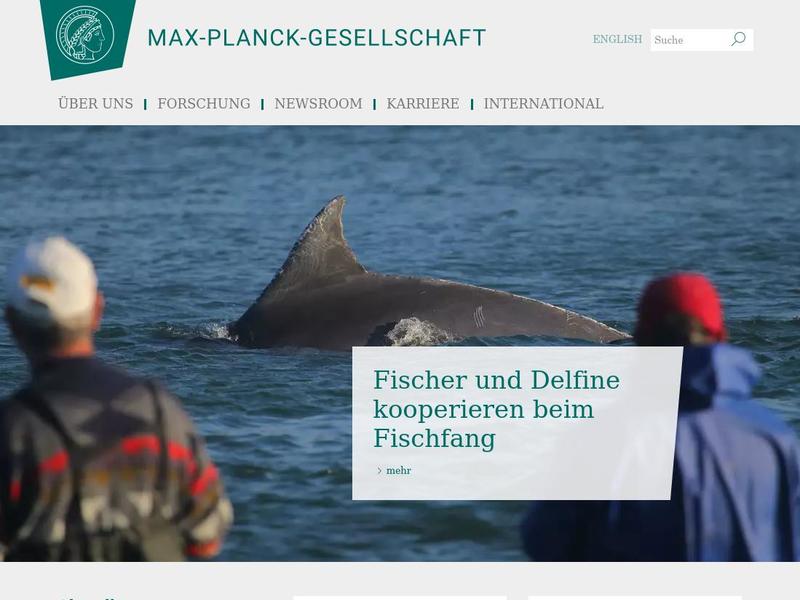Twin jets pinpoint the heart of an active galaxy https://www.mpg.de/10740616/twin-jets
Two particle jets shoot out from the heart of active galaxy NGC 1052 at the speed of light, apparently originating in the vicinity of a massive black hole. A team of researchers headed by Anne-Kathrin Baczko from the Max Planck Institute for Radio Astronomy Bonn have now measured the magnetic fields in this area.
They observed the bright, very compact structure of just two light days in size using

